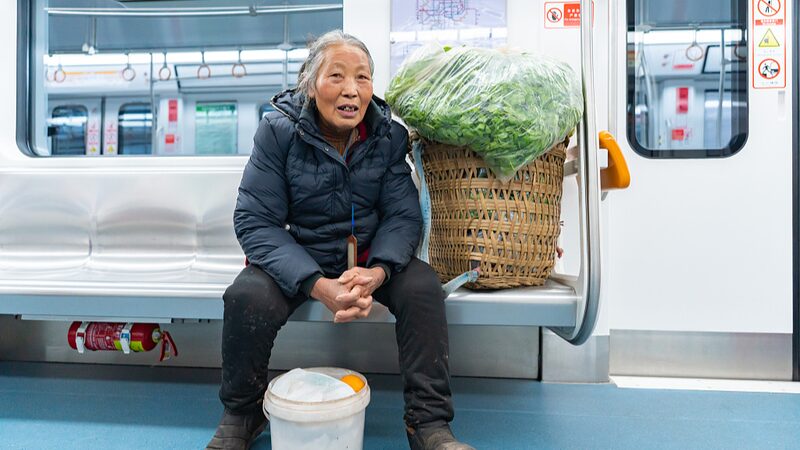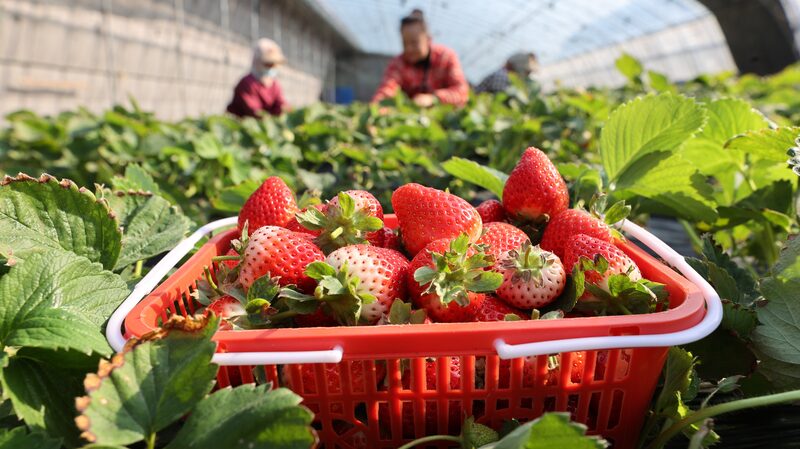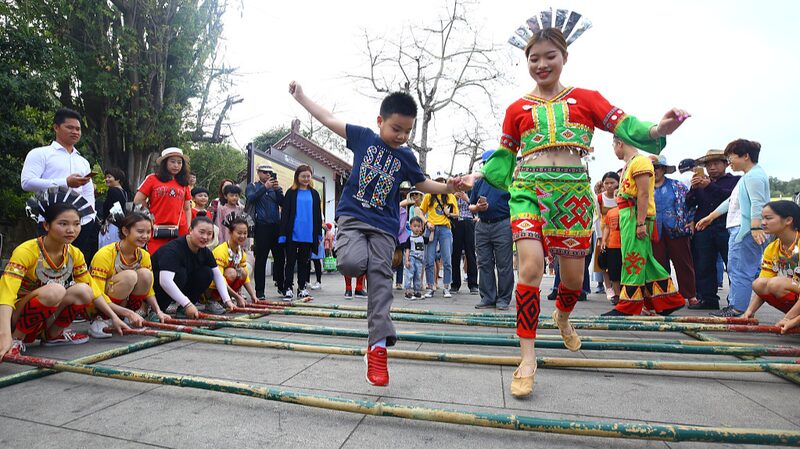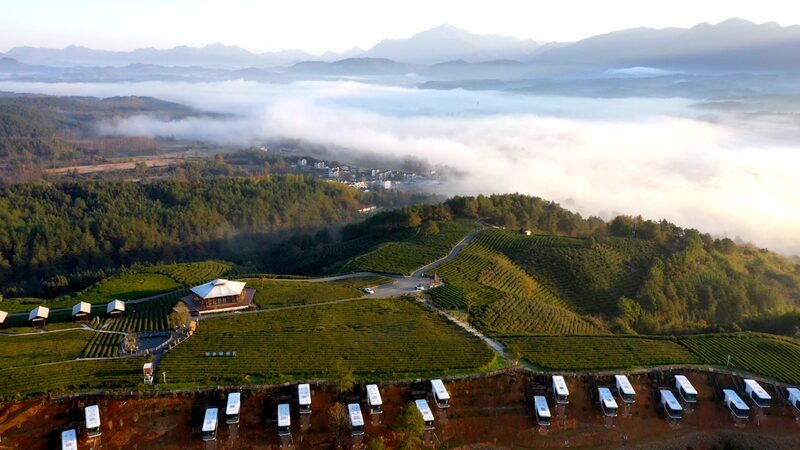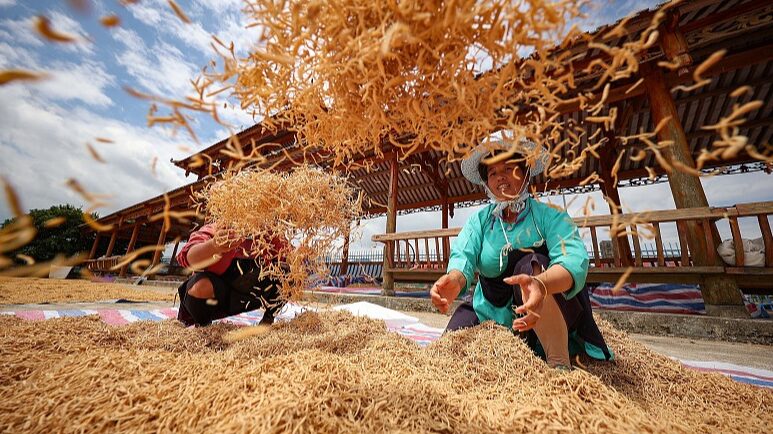In the rolling hills of Lianyun Township, Anhui Province, a network of sleek highways now stitches together emerald-green fields and clusters of terracotta-roofed homes. These roads, once narrow dirt paths, have become lifelines for rural communities, symbolizing China’s ambitious rural revitalization strategy.
From Isolation to Opportunity
The upgraded infrastructure has slashed travel times to nearby cities by 60%, enabling farmers to transport seasonal crops like tea and bamboo shoots within hours. “Before, our produce often spoiled before reaching markets,” explains Chen Wei, a local tea grower. “Now, we supply fresh goods to Shanghai supermarkets within a day.”
Economic Ripple Effects
Improved connectivity has spurred e-commerce ventures, with 15 new village cooperatives launching online stores this year. Tourism is also flourishing: weekend homestay bookings have tripled since 2022, according to township data. The roads have attracted over $2.3 million in agricultural tech investments since 2023.
Balancing Progress and Tradition
While embracing modernization, planners preserved centuries-old stone bridges along new routes. “Development shouldn’t erase our heritage,” says county official Zhang Li. The project has created 380 local construction jobs, with 40% of workers being retrained farmers.
As dusk falls over Lianyun, solar-powered street lamps now trace the roads’ contours – a testament to how rural infrastructure is reshaping lives while maintaining cultural identity.
Reference(s):
cgtn.com

